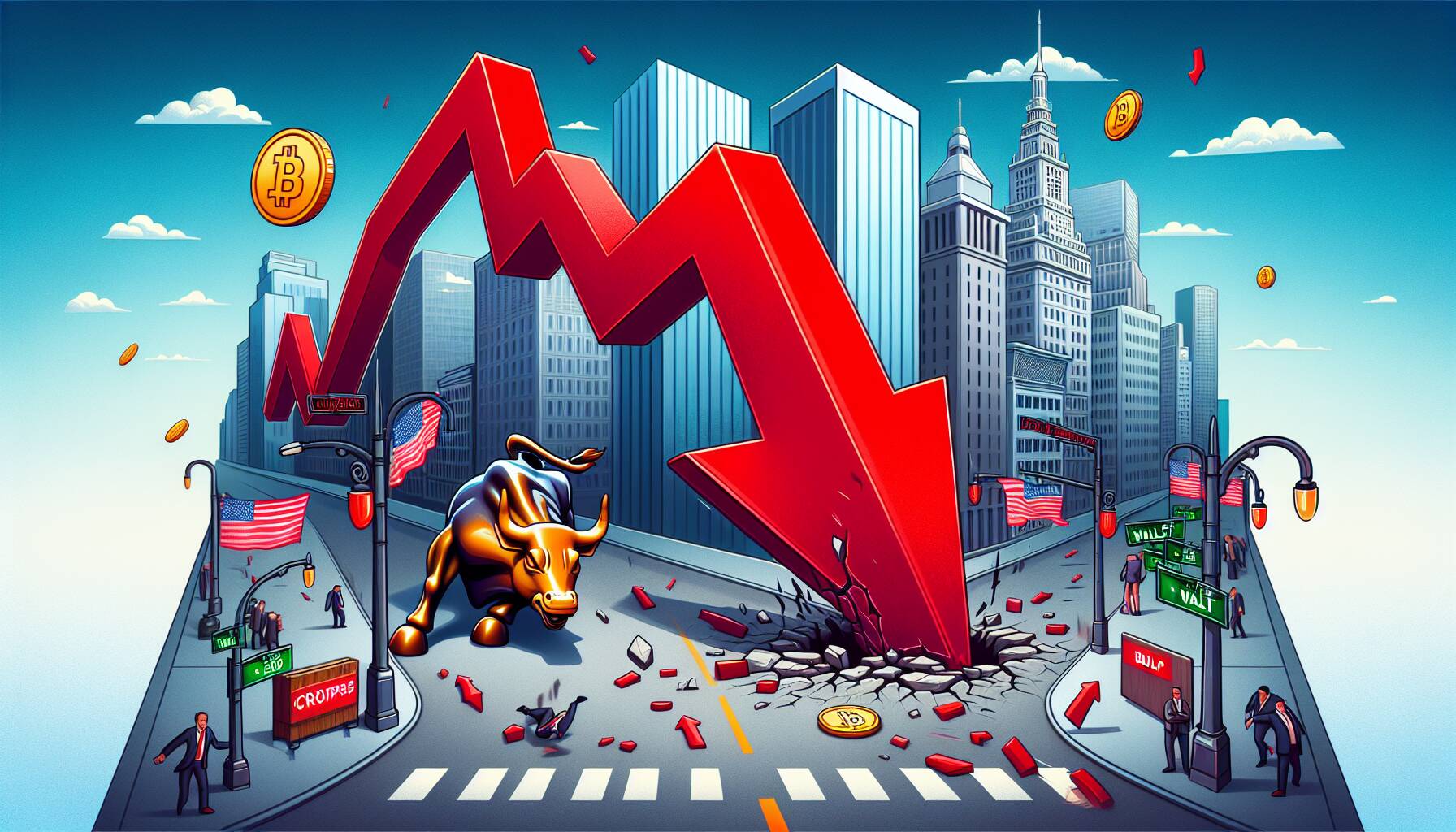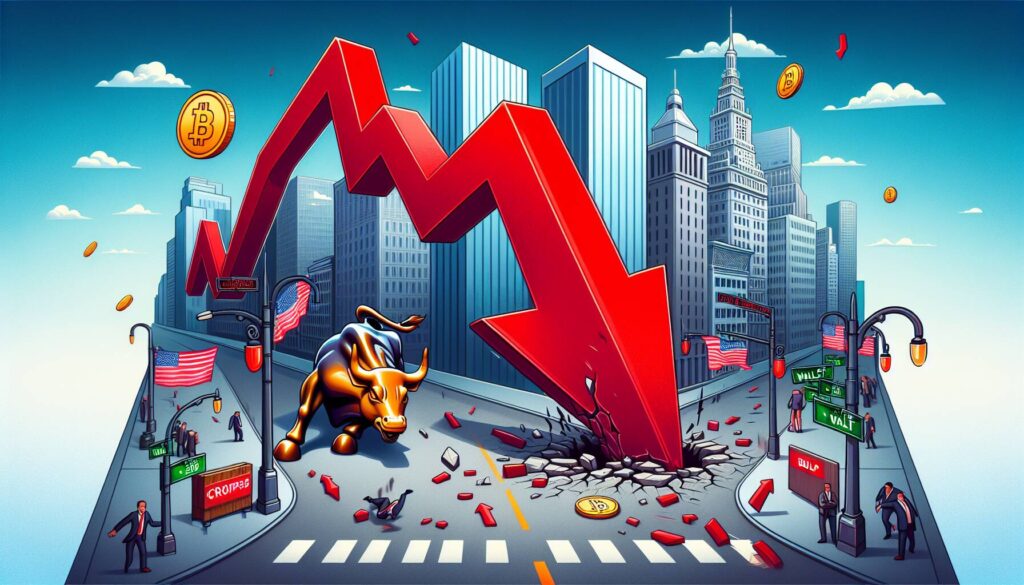The recent decline in cryptocurrency values, particularly Bitcoin, has caused significant ripples across Wall Street, highlighting the intertwined nature of traditional finance and the digital currency world. With Bitcoin struggling around the $86,000 mark, analysts are probing into the reasons behind this notable downturn, amidst a week filled with market turmoil.
“The ‘Tinkerbell’ effect is haunting crypto,” notes a report from Deutsche Bank, hinting at the shifting sentiments that can drive crypto valuations.
As cryptocurrency shows signs of stabilization after a turbulent week, Wall Street remains on high alert, connecting Bitcoin’s performance to the broader stock market reversal. This interplay between digital currencies and conventional investments raises crucial questions about market dynamics and investor confidence.
In a detailed analysis, experts are striving to uncover the underlying pressures on Bitcoin, exploring how this might impact investor strategies in the face of evolving financial landscapes. With the crypto market often acting as a barometer for investor sentiment, all eyes are watching closely to see how this will unfold in the coming days.

Impact of Crypto’s Current Trends on Wall Street
Key points regarding the influence of Bitcoin’s performance on stock markets:
- Bitcoin Weakness
- Bitcoin’s value remains unstable, trading around $86,000.
- This instability is causing concerns among investors on Wall Street.
- Culprit for Stock Market Reversal
- Recent stock market fluctuations are attributed to Bitcoin’s performance.
- Investors are closely monitoring cryptocurrency trends for future market predictions.
- The ‘Tinkerbell’ Effect
- Described by Deutsche Bank, this phenomenon suggests that Bitcoin’s valuation is heavily influenced by market perception and sentiment.
- Changes in public confidence can lead to significant price shifts, impacting investor decisions.
- Media Analysis
- Various financial news sources are continuously analyzing Bitcoin’s impact on traditional markets, shaping investor strategies.
- Insights from reports serve as guidance for stakeholders in making informed investments.
Crypto Market Volatility: A Double-Edged Sword for Wall Street
The recent downturn in cryptocurrency, particularly Bitcoin, has raised significant concerns among Wall Street investors. News from various reputable sources reveals a precarious phase for cryptocurrencies, which seems to be sending ripples through traditional markets. The New York Times points to the impact of Bitcoin’s decline on stock market fluctuations, indicating a strong correlation that investors cannot ignore. Meanwhile, Bloomberg.com discusses how the crypto market, post a tumultuous week, is still struggling to regain steadiness, showcasing both resilience and vulnerabilities.
One of the standout points arises from Fortune’s analysis, suggesting that Bitcoin’s current position around $86,000, combined with the ‘Tinkerbell’ effect, demonstrates a volatile environment that could unsettle even seasoned investors. This notion of speculative behavior in the crypto sphere prompts caution. On the other hand, the Wall Street Journal highlights Deutsche Bank’s insights regarding the reasons behind Bitcoin’s pressure, framing it as potential collateral damage affecting broader market sentiment.
Overall, this situation can be particularly beneficial for risk-tolerant investors seeking opportunities in volatility, as they may capitalize on low prices. Conversely, conservative investors could find themselves at a disadvantage, as uncertainty hangs overhead. Moreover, institutional investors are likely feeling the heat as they weigh their crypto exposure against traditional assets amid fluctuating market conditions. With Wall Street keeping a close eye on crypto developments, this ongoing situation magnifies the delicate balance between risk and reward in today’s investment landscape.













